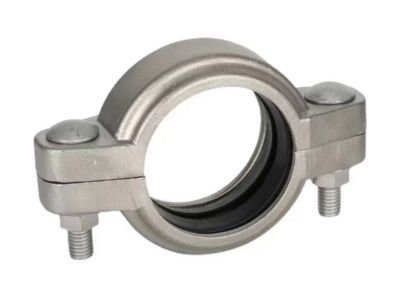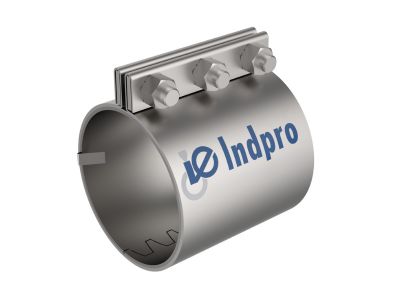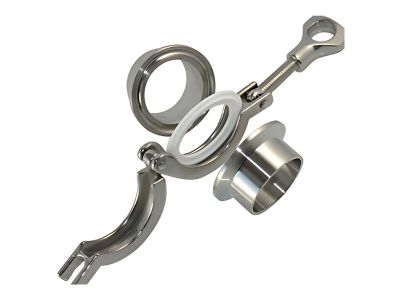Exploring Various Connection Types in Pneumatic Conveying Systems
Explore the different connection
types in pneumatic conveying systems.
Pneumatic conveying systems are used to transport materials through a pipeline using air or gas as the conveying medium. These systems are commonly used in industries such as food processing, plastic & polymer, pharmaceutical, and chemical manufacturing. One of the key components of a pneumatic conveying system is the connections that join the various parts of the system together. In this blog, we will focus on the different types of connections used in pneumatic conveying systems, their functions, and how to choose the right connections for your system.
What Are Connections?
Connections in pneumatic conveying systems are used to join different components of the system together, such as pipes, valves, filters, blowers and several other equipment. These connections are crucial for the proper functioning of the system, as they ensure airtight seals and prevent leakage of materials and air. Also, depending on the application, they could be easy to disassemble and maintain.
Common Types of Connections
Flanged connections are popular in pneumatic conveying systems for their sturdiness and ability to handle high pressures and temperatures. The ease with which flanged connections can be assembled and disassembled makes them ideal for systems requiring frequent maintenance.
Flange variations include socket weld, slip-on, weld neck, and threaded options. While robust, flanged connections can be cumbersome to work with due to maintenance requirements.
Grooved clamps provide a unique advantage by utilizing pressure-responsive gaskets for sealing. They eliminate the need for welding or threading during assembly but require system compatibility considerations.
Grooved clamps offer efficiency and reliability but may pose integration challenges in existing systems.
Compression couplings are easy to install and are suitable for high-pressure applications. They distribute pressure evenly and come in high and low-pressure variations for different system needs. Assembling and disassembling these connections is much easier compared to flanges, but the piping connections must be well supported for these to be effective.
It is important to consider factors like pipe end smoothness and alignment when using compression couplings. They offer advantages like no need for pre-threaded pipes and less sensitivity to misalignment.
Clamped connections, also known as tri-clamp or tri-clover connections, are commonly used in food and pharmaceutical industries. Their construction consists of two flanges clamped together by a clamp and gasket. Assembling and disassembling these connections is easy, making them suitable for systems that need to be cleaned frequently. However, they are not suitable for applications involving high pressure.
How to Choose the Right Connections for your pneumatic conveying system
When selecting connections for your pneumatic conveying system, consider material compatibility, pressure, temperature, and maintenance requirements. High-quality connections from reputable suppliers are essential for system efficiency and longevity.
Material Compatibility :
The first and most important factor to consider when choosing connections is the compatibility of the material being conveyed with the connection material. For example, if you are conveying corrosive materials, you will need connections made from corrosion-resistant materials such as stainless steel or alloys.
Pressure and Temperature :
The pressure and temperature of the system also play a crucial role in determining the type of connections you need. For high-pressure applications, flanged connections are recommended, while for low-pressure applications, compression or quick-release connections may suffice. Similarly, for high-temperature applications, connections made from materials that can withstand high temperatures are recommended.
Maintenance Requirements :
The frequency of maintenance required for your system should also be taken into consideration when choosing connections. If your system requires frequent disassembly for cleaning or maintenance, quick-release or clamped connections may be the best option. However, if your system requires minimal maintenance, flanged connections may be more suitable.
Connections are the glue that holds pneumatic conveying systems together, and choosing the right ones is paramount for optimal performance. Whether you opt for flanged, grooved clamps, compression, or clamped connections, prioritize quality and suitability to ensure the smooth operation of your system.







